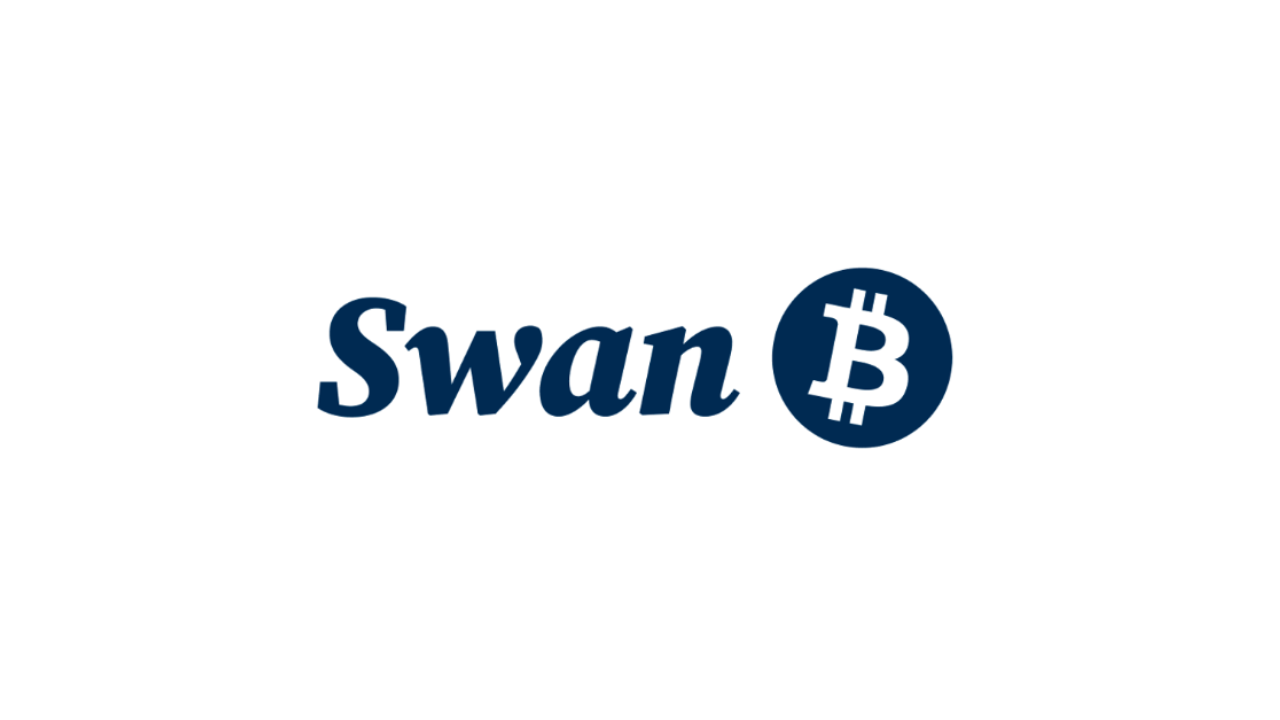Oil prices edged lower on Wednesday as investors await a priority report on inflation. This is coming after industry data showed a spike in U.S. crude inventory last week, with analysts predicting a potential hiccup in demand.
Early trading sessions Wednesday saw Brent crude fall by 0.8% to trade at $95.57. Similarly, U.S. West Texas Intermediate (WTI) crude features lost $1.13 to trade at $89.37 per barrel.
According to Leon Li, an analyst at CMC, oil prices and the Asian market have shown a dwindling trend, while the uncertainties over July Inflation data reports have continued to force oil prices lower.
Investors look forward to today’s Consumer Price Index (CPI) report for fresh impetus. Analysts expect CPI to rise slowly in July and the reason for this assumption is because of the steep drop in gasoline prices. With that in view, there aren’t any indications that this would stop the Federal Reserve from implementing more interest rate hikes.
In the meantime, U.S crude stocks increased by nearly 2.2 million in the last couple of weeks. This is above expectations from recent polls, which predicted that the country’s crude inventories would increase by around 100,000 barrels.
According to Edward Moya, a senior technical analyst at OANDA, regardless of the crude demand destruction caused by the weakening economy, oil prices will weather the storms, given the current low supply outlook. He added that a lot of attention is being channeled to renewed Iran nuclear deal talks, and he expects the deal to provide an impetus for increased supply.
The demand for oil and expectations of increased supply
Even with dwindling oil prices, analysts bet on an increase in oil supply in the coming months. Meanwhile, leading Middle East oil giant Kashagan has begun restoring output after it was shut down last week over leaks. The Kashagan oilfield generates a staggering 300,000 barrels per day.
Although global recession fears have put pressure on oil prices, pipeline operators and oil refiners in the U.S. are optimistic about energy consumption, predicting a solid second half for 2022.













